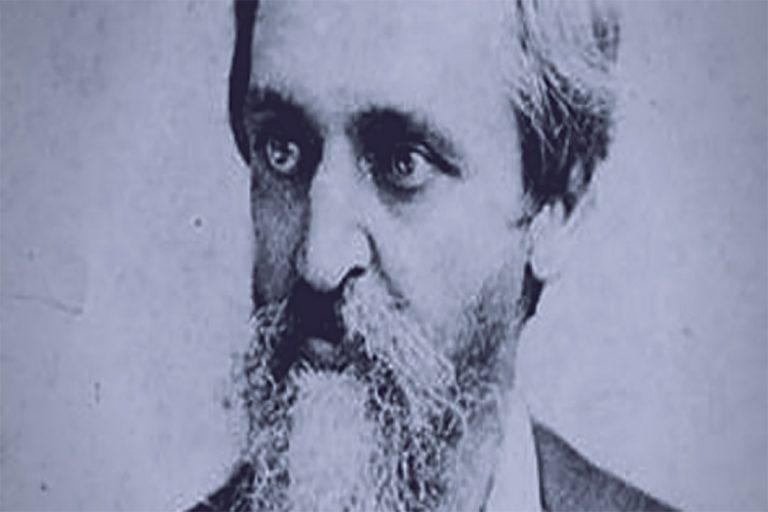On January 11th, 1893, José Martí, in a letter to Major General Máximo Gómez, specified that there were fewer revolutionaries than separatists and few revolutionaries were conspiring to restart the liberation war, moreover, he would indicate that in the pronouncement that was brewing in Camagüey, veterans and young people had to be grouped in a Committee, which Salvador Cisneros would know in a letter received at house no. 97 of San Fernando street.
In a letter dated August 22nd from Gómez to Cisneros, which had the objective of informing him of the real disposition to the uprising, the General stated: “[…] since the revolution without Camagüey would be nothing, and of course me, who was appointed interim chief of the army, without you I cannot be Chief”. To which Cisneros replied that it was expected.
Signs of struggle
Proof of the vigor that the insurrection took on in Puerto Príncipe, in November several young people would take steps before the City Council for the realization of a monument to Major General Ignacio Agramonte, a project that would raise alarm among the government. Then, on March 14th, 1894, a firecracker would explode in the La Soledad Square, and almost in unison the young Rafael Usatorres Perdomo would spread the article Dominación No, Independencia.
Shortly after, on March 30th, Enrique Loynaz introduced a stash of weapons and ammunition through Nuevitas along with 6 tram cars in which he had hidden 200 Rémingtons and 48,000 capsules. With the good news, Dr. Oscar Primelles Cisneros would deliver a letter from Cisneros to the head of the movement in the East, Major General Bartolomé Masó, in which he would testify to his willingness to fight. Marti was very detailed.
Closer to Martí el Camagüey
In July the Delegate learned from Cisneros that he would rise with 1,500 men. Meanwhile, Martí would frustrate the conspiracy of reactionaries interested in postponing the outbreak, a position that the former volunteer of the 68 Bernabé Sánchez Adán would lead. He would then entrust Colonel Enrique Loret de Mola y Boza with the position of superior chief of the General Headquarters of the Liberation Army.
Knowing these and other favorable results, in December Cisneros would review to Gómez the preparations under his charge, as is deduced from the letter of December 6th, 1894, in which he suggested to disembark in Santa Cruz del Sur. Regarding the presence of Martí, Cisneros would disapprove of it due to adverse opinions of the family of Carmen Zayas Bazán and for being the sister-in-law of the Commander of the General Staff in Puerto Príncipe, the Spanish Leopoldo Barrios y Carrión.
The independence uprising
Somewhat late, the uprisings would take place from March with the incorporation of Luís Suárez and Miguel Varona Guerrero in the central Senate, Minas de Nuevitas; Rafael Labrada would follow in Sierra de Cubitas. Also Mauricio Montejo and companions at El Lugareño sugar mill, and Francisco Recio López del Castillo, in Santa Cruz del Sur. Dr. Oscar Primelles with 18 young people in El Junco, Nuevitas, would be added to the initial force; Mario García Menocal, in Santa Cruz del Sur, and Salvador Cisneros, in the Guásimas de Montalbán farm with 25 men, on June 5th. Additions to which would be added that of Francisco Recio López del Castillo with 30 rebels.
Dozens of young people would later join the Juan Gómez farm, among others, Armando Sánchez Agramonte, Armando Menocal, Francisco Benavides (Faico) and Joaquín Leyva, who came from the group of the former bandit Nicasio Mirabal. After the arrival of Major General Máximo Gómez to Najasa, 17 more men were joined under the command of Lieutenant Colonel Alejandro Rodríguez Agüero. In a matter of days, more men from the city and the countryside would conspire with the incorporation of Bernabé Boza, Javier de la Vega and Lope Recio.
On successive days, the youth of Camagüey would give more tests of courage and attachment to the Revolution of Martí.
Translated by: Aileen Álvarez García






